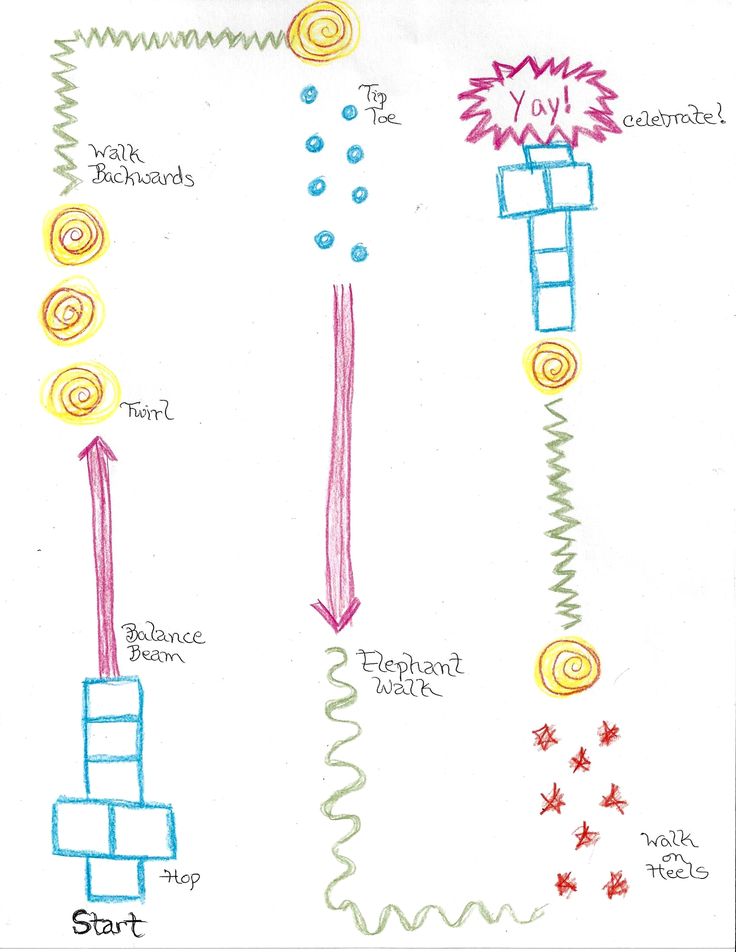Introduction
The process of making choices and taking risks is an essential aspect of growth and development in education. As educators, it is crucial to guide our students in navigating difficult decisions while also assisting them to embrace risk-taking opportunities. This article will discuss the importance of fostering these skills through teaching expertise and will offer suggestions for educators who wish to encourage thoughtful decision-making and risk-taking among their students.
The Importance of Making Choices and Taking Risks in Education
1. Building resilience: Resilience is the ability to recover quickly from setbacks and adapt effectively to new challenges. Encouraging students to make choices and take risks helps them build resilience as they learn from their mistakes and experience the consequences of their decisions.
2. Developing problem-solving skills: Making choices often involves considering multiple options, weighing their potential benefits, and evaluating possible outcomes. Through this process, students hone their problem-solving abilities, which can be applied in various aspects of life.
3. Encourage critical thinking: The act of making choices requires students to analyze, interpret, evaluate, and synthesize information. By engaging in this process regularly, students develop critical thinking skills essential for academic success.
4. Boosting self-confidence: When students make choices and take risks, they learn to trust their own instincts and capabilities. Over time, this boosts self-confidence and encourages further risk-taking.
Strategies for Encouraging Choices and Risk-Taking in the Classroom
1. Provide opportunities for decision-making: Educators can create situations where students are required or encouraged to make decisions. This can be done through group projects, interactive activities, or open-ended assignments that require students to decide on a course of action.
2. Support a growth mindset: Teachers should foster a growth mindset in their classrooms by praising effort rather than innate abilities and by teaching students that it’s okay to fail as long as they learn from their mistakes. This mindset encourages risk-taking and decision-making by framing challenges as opportunities for growth.
3. Create a safe environment: To encourage risk-taking, teachers should provide a classroom environment that is supportive and non-judgmental. This helps students feel comfortable to experiment and make choices without fearing ridicule or embarrassment.
4. Encourage reflection: After taking risks or making decisions, students should be encouraged to reflect on the outcomes and learn from their experiences. This can be achieved through one-on-one discussions, journaling, or group debriefings.
5. Model risk-taking: Educators can show students that it’s okay to take risks by sharing their own experiences and decisions that have led to growth or improvement. This can help normalize the act of risk-taking, inspiring confidence in students to embrace new challenges.
Conclusion
Teaching expertise goes beyond academic content; it also involves guiding students in the development of essential life skills such as decision-making and risk-taking. By adopting strategies that encourage these qualities within our classrooms, we can help prepare our students for success not only academically but throughout their lives.











